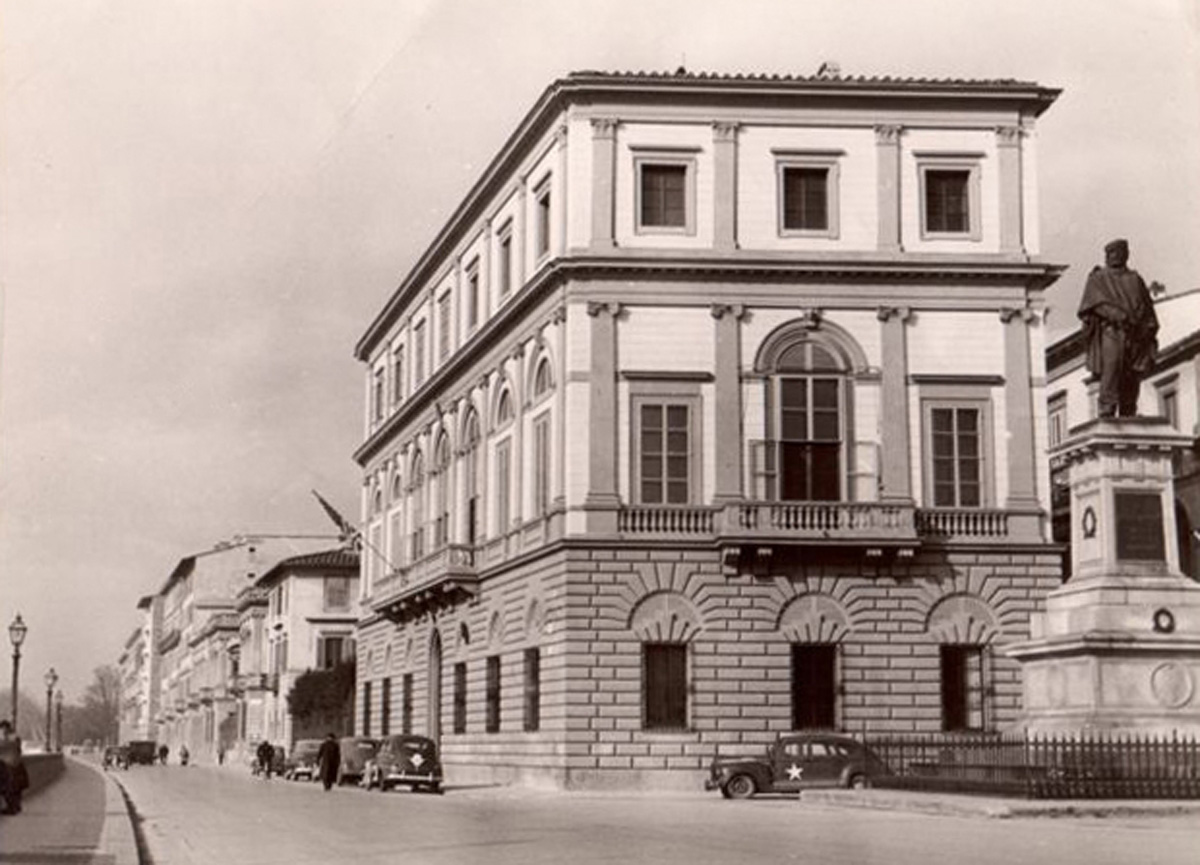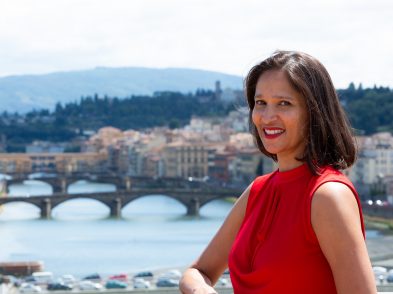This year marks the bicentennial of U.S. diplomatic presence in Florence, making it the second oldest continuous U.S. diplomatic establishment in Italy—after Naples, where we set up shop in 1796. The terminology “diplomatic presence” is chosen deliberately, as over the last 200 years we have had many faces and roles. There have been 46 principal officers (who held different titles, such as commercial agent, consul or consul general) who have presided from at least eight buildings around Florence. From 1865 to 1871, the U.S. Embassy to the Kingdom of Italy was in Florence alongside the Consulate. We were closed three and a half years during World War Two, but reopened our doors less than four months after the Liberation and soon thereafter moved into our current location on lungarno Vespucci.

Our early years together were a little rough. The Grand Dukes of Tuscany refused all requests to establish full diplomatic relations with the United States. In 1794, Grand Duke Ferdinando III permitted the United States to open a consulate in Livorno, but he did not allow the customary accrediting of an ambassador or minister in the capital city of Florence. It was not for lack of trying on the American part. As early as 1777, with the American Revolution in full swing, the American Continental Congress named a commissioner (an ambassadorial-level title) to the Grand Duchy, hoping to solicit badly needed financial and military support. But the then-Grand Duke Pietro Leopoldo I refused to receive him. So long as the question of American independence remained unsettled, the Grand Duchy was reluctant to antagonize England, a naval power that could easily squelch Tuscany’s seaborne commerce. Even after England recognized U.S. independence in 1783, the Grand Duchy continued to hold the United States at arm’s length. Though no longer a threat to Tuscan-English ties, formal diplomatic recognition of an upstart republic that had just overthrown its sovereign would have been distasteful to a Habsburg grand duke. It was not until Tuscany voted to join the Kingdom of Italy in 1860 that the United States was allowed to call its presence in Florence a full-fledged consulate general.
Nevertheless, in May 1819, Thomas Appleton, a friend of Thomas Jefferson’s and the U.S. consul in Livorno from 1798 to 1840, decided on his own authority to assign a Florentine named Giacomo (James) Ombrosi to represent U.S. interests in the capital city. He did so in one form or another until his death in 1852, never receiving the official recognition as “consul” from the grand duke that he (and the U.S. Government) so badly desired. Nevertheless, in those 23 years, Ombrosi laid the foundation for two centuries of fruitful collaboration built on a mutual love of art, economic exchange and warm personal relationships.
Throughout 2019, the successors of James Ombrosi at the U.S. Consulate General, together with our partners throughout Tuscany, Emilia-Romagna and the Republic of San Marino, will be carrying out a series of events highlighting the depth and breadth of our shared history, present and future. The first of these will be a presentation on 200 years of shared U.S.-Tuscan history, given by Consul General Wohlauer at the British Institute of Florence on January 16*.
*Note: unless the US Federal Government shutdown ends before tomorrow’s scheduled talk, Consul General Wohlauer will be unable to give his lecture. In that case Mark Roberts will speak on “Harold Acton in China” and the Consul General’s talk will be moved to a later date.
Keep reading these pages and follow us on Twitter at @USCGFlorence to keep up on the latest #Insieme200 #Together200 news.








